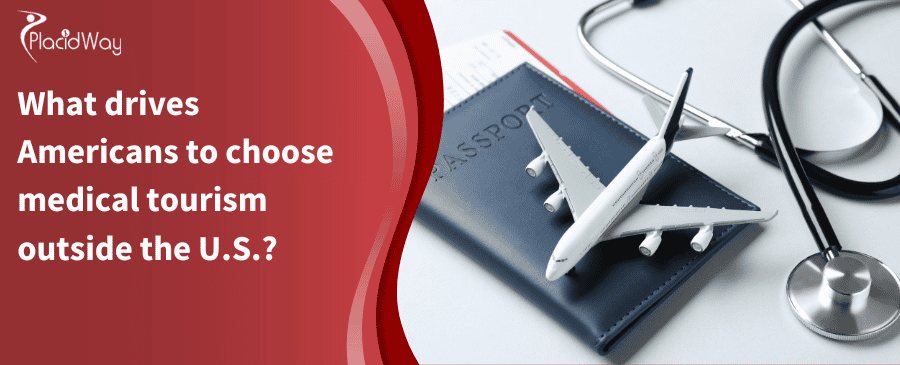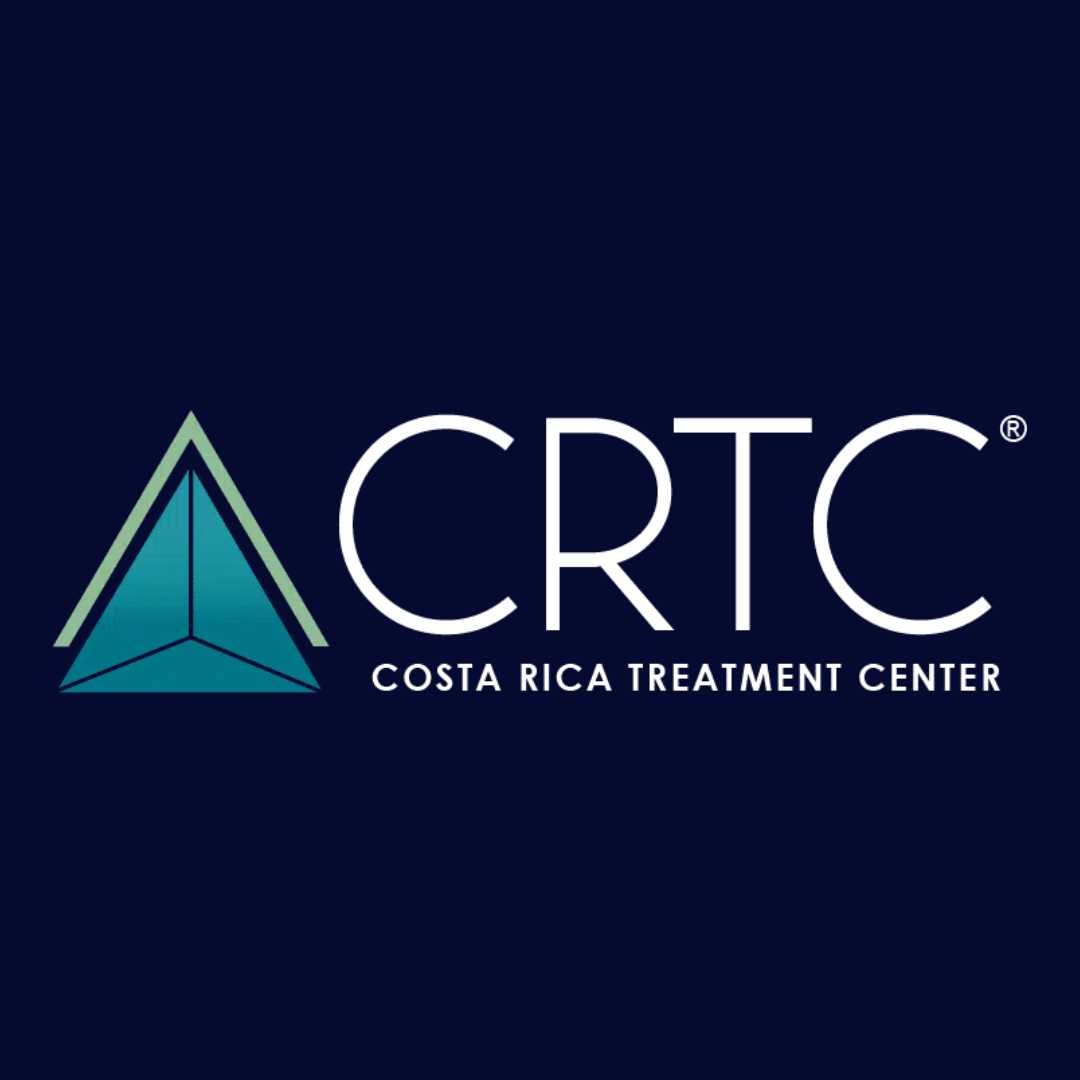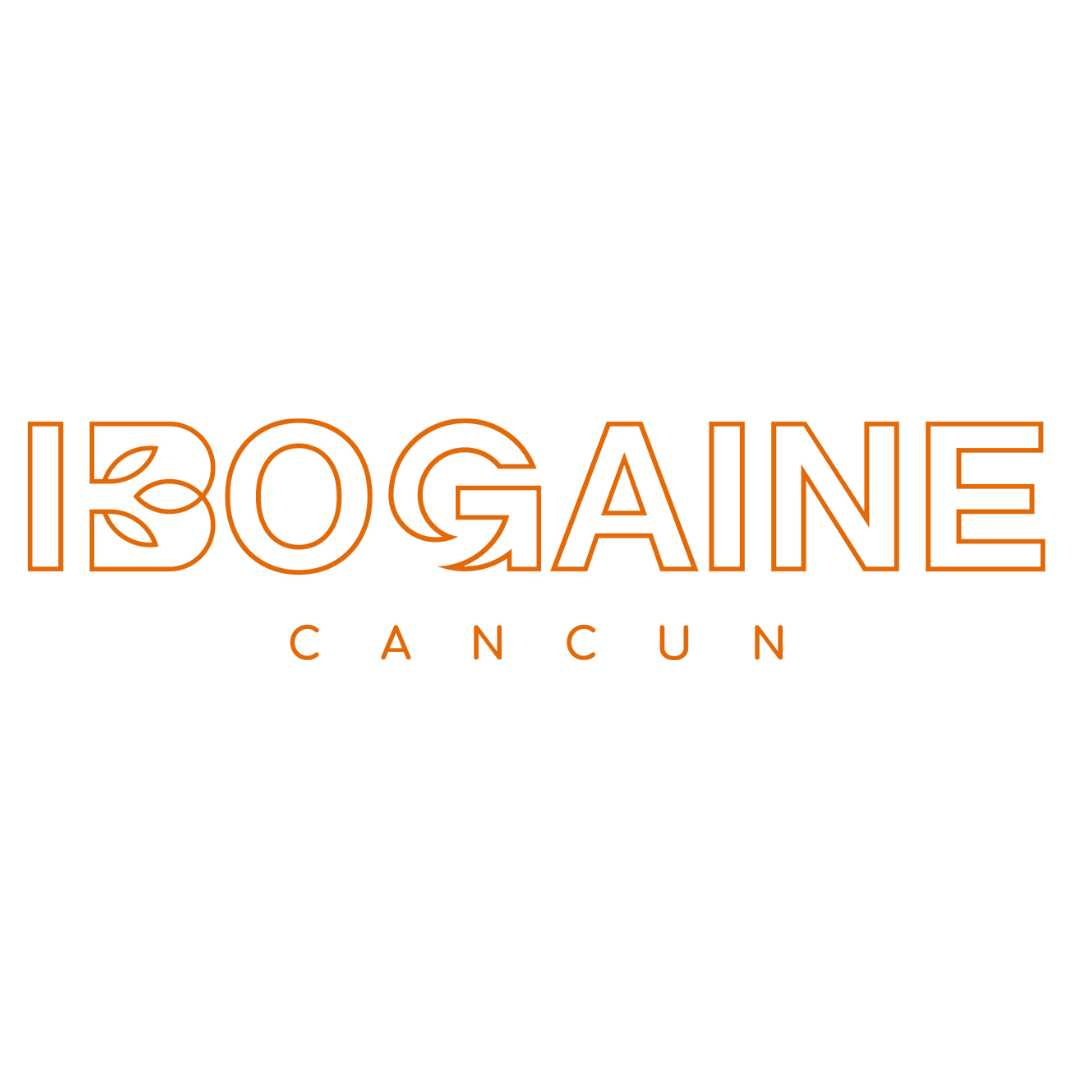Why Americans Choose Medical Tourism Abroad

The idea of traveling to another country for a medical procedure might have seemed unusual a few decades ago, but today, it's a rapidly growing phenomenon known as medical tourism. Millions of Americans are packing their bags not just for vacation, but for high-quality, affordable healthcare. So, what’s behind this massive shift? The primary driver is, without a doubt, the staggering cost of healthcare in the United States. Many find that they can save anywhere from 40% to 80% on procedures by going abroad, even after factoring in travel and accommodation. These aren't minor savings; they can be life-changing, preventing debt and financial ruin for many families.
However, cost is just one piece of the puzzle. Many Americans are also seeking better quality care. It's a common misconception that lower cost equals lower quality. In reality, many international hospitals are state-of-the-art facilities, boasting JCI (Joint Commission International) accreditation and employing world-renowned specialists. Furthermore, healthcare abroad often means immediate access to care, allowing patients to bypass the long waiting times that can plague the U.S. healthcare system for certain specialized surgeries. This combination of affordability, quality, and accessibility is creating a powerful incentive for Americans to look beyond their borders for medical solutions, transforming personal health management into a global endeavor.
What is the main reason for medical tourism?
While quality and accessibility are important, the financial incentive is the undeniable catalyst for the medical tourism boom. The U.S. healthcare system is the most expensive in the world, and many procedures are either not covered by insurance or come with prohibitively high deductibles and co-pays. For the uninsured or underinsured, seeking treatment abroad isn't just a choice; it's often the only viable option.
Consider a procedure like a knee replacement, which can cost upwards of $40,000 in the U.S. In a country like Mexico or Costa Rica, the same procedure, performed by a highly qualified surgeon in a modern facility, might cost between $8,000 and $15,000. This disparity applies across a wide range of treatments, from dental work and cosmetic surgery to complex cardiac and orthopedic surgeries. The savings are so substantial that they can cover the entire cost of travel, accommodation, and the procedure itself, with plenty left over.
How much can Americans save with medical tourism?
The potential for cost savings is staggering. It's not uncommon for patients to save tens of thousands of dollars on a single trip. These savings are not due to a lack of quality but are influenced by lower labor costs, less administrative bureaucracy, and government subsidies in the host countries.
Here’s a comparative look at potential savings for common procedures:
| Procedure | Average Cost in U.S. | Average Cost Abroad | Potential Savings |
|---|---|---|---|
| Heart Bypass Surgery | $120,000+ | $10,000 - $25,000 | 80-90% |
| Dental Implant (per tooth) | $3,000 - $5,000 | $500 - $1,500 | 60-80% |
| Rhinoplasty | $8,000 - $15,000 | $3,000 - $6,000 | 50-70% |
| IVF Treatment (per cycle) | $15,000 - $25,000 | $4,000 - $8,000 | 60-75% |
Is healthcare better in other countries compared to the US?
The quality of care is a major concern for anyone considering healthcare abroad, and rightly so. However, the assumption that American healthcare is universally superior is a misconception. Many countries have invested heavily in their medical infrastructure, creating centers of excellence that rival or even exceed what's available in the U.S. for certain specialties.
Key indicators of high-quality international care include:
- International Accreditation: Hospitals accredited by bodies like the JCI adhere to the same rigorous standards as top U.S. hospitals.
- Advanced Technology: Medical tourism destinations often invest in the latest medical technologies to attract international patients.
- Highly Trained Specialists: Many doctors and surgeons practicing abroad were trained in the U.S., UK, or other Western countries and are leaders in their fields.
- Patient-Centric Care: The patient experience is often a priority, with dedicated international patient coordinators, private rooms, and a higher nurse-to-patient ratio.
What are the most popular procedures for medical tourists?
Americans travel for a wide variety of treatments, but a few categories stand out due to their high cost in the U.S. and the high success rates abroad.
- Dental Care: Mexico and Costa Rica are hubs for "dental tourism," where Americans can get everything from crowns and veneers to full-mouth restorations for a fraction of the domestic cost.
- Cosmetic Surgery: Procedures like rhinoplasty, breast augmentation, and facelifts are extremely popular in countries like Turkey, Mexico, and Thailand.
- Orthopedics: Knee and hip replacements are common, with countries like Spain and Costa Rica known for their excellent orthopedic centers.
- Fertility Treatments: Many Americans seek IVF and other fertility treatments in countries like Spain, Czech Republic, and Mexico, which offer lower costs and sometimes more lenient regulations.
Which countries are best for medical tourism?
Choosing a destination is a critical step. The "best" country often depends on the specific medical need, budget, and travel preference. Proximity is a major factor for many Americans, making Latin American countries particularly attractive.
- Mexico: Its proximity to the U.S. makes it a top choice for dental work, cosmetic surgery, and bariatric surgeryin Mexico. Cities like Tijuana and Cancun have robust medical infrastructures catering to Americans.
- Costa Rica: Known for its high-quality healthcare system, it's a leader in dentistry, orthopedics, and cosmetic surgery in Costa Rica, all within a beautiful, stable country.
- Turkey: A global leader in cosmetic surgery and hair transplants, offering all-inclusive packages at incredibly competitive prices.
- Thailand: Famous for its world-class hospitals like Bumrungrad International, it excels in complex surgeries, wellness check-ups, and providing a luxurious patient experience.
Are there long waiting lists for treatment abroad?
In the U.S. healthcare system, waiting for a specialist appointment or an elective surgery can be a long and frustrating process. This delay can lead to a deterioration of the patient's condition and prolonged pain or discomfort.
Healthcare abroad offers a solution. International hospitals that cater to medical tourists are structured for efficiency. They understand that patients are traveling and have limited time. As a result, consultations, pre-operative tests, and the surgery itself are often scheduled within a condensed timeframe, allowing patients to get the care they need promptly. This immediate access to care is a powerful motivator, especially for those in chronic pain or with conditions that affect their quality of life.
Is it safe to get medical treatment in another country?
Safety is paramount, and it's essential to do thorough research. While the vast majority of medical tourists have positive experiences, risks exist, just as they do with any medical procedure anywhere in the world. The key is to mitigate these risks by making informed choices.
To ensure safety, patients should:
- Verify Accreditations: Look for hospitals accredited by the Joint Commission International (JCI) or the International Society for Quality in Health Care (ISQua).
- Check Surgeon Credentials: Research the surgeon's qualifications, experience, and patient reviews. Many top international surgeons are members of American or European medical boards.
- Use a Reputable Facilitator: Companies like PlacidWay help vet hospitals and doctors, manage logistics, and provide a safety net for patients.
- Plan for Aftercare: Ensure there is a clear plan for post-operative care, both in the host country and upon returning home.
Does US health insurance cover treatment abroad?
This is a critical financial question for most prospective medical tourists. The standard answer is that patients should expect to pay out-of-pocket. Most domestic insurance policies are designed for in-network, domestic care. Medicare explicitly states that it will not cover healthcare received outside the U.S., except in very rare, specific circumstances.
However, the landscape is slowly changing. A few progressive employers and some private insurance plans are starting to see the benefits of medical tourism and are offering it as a covered option to reduce their own costs. Additionally, patients can purchase specific medical travel insurance policies that cover not only the procedure but also potential complications and travel-related issues.
Ready to Explore Your Healthcare Options Abroad?
Don't let cost or waiting lists stand in the way of your health. PlacidWay connects you with a global network of world-class, accredited hospitals and clinics. Find affordable, high-quality medical solutions today.


.png)






.png)
.png)






Share this listing